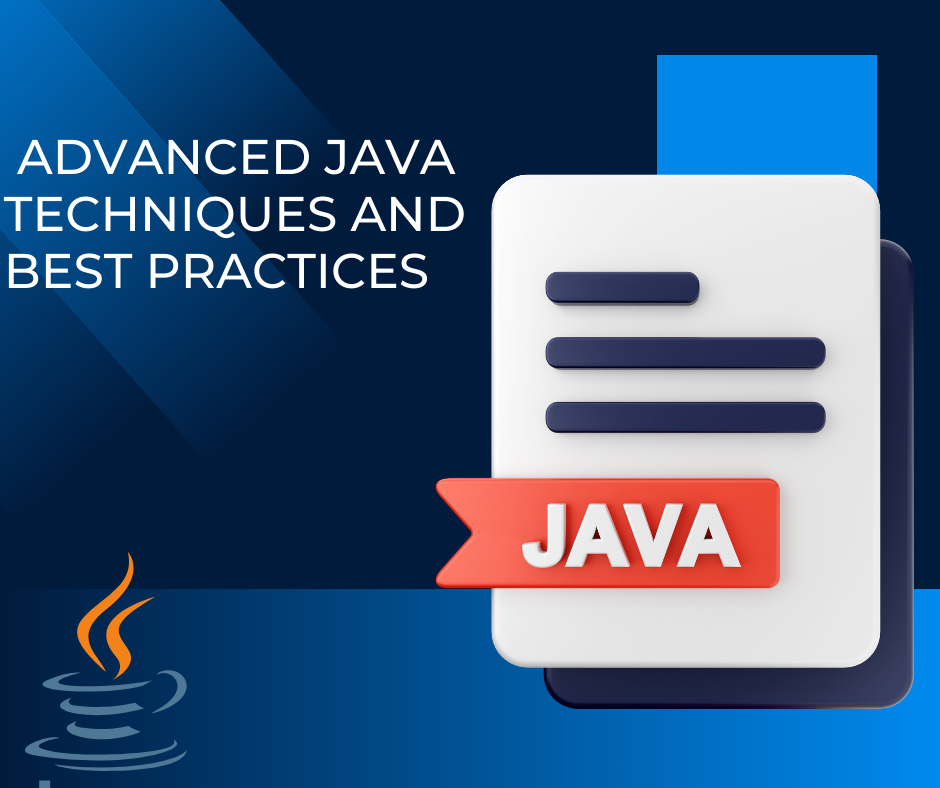Creating mobile applications for the iOS system
Apple’s iOS platform powers a range of devices, including the iPhone and iPad. When creating applications for iOS, developers can design apps that are compatible with both iPhone and iPad. However, it’s essential to consider the screen size and layout of each device to ensure a smooth user experience. Users can download and install iOS apps from the Apple App Store.
To develop for iOS, you’ll need an Apple developer account and the Xcode Integrated Development Environment (IDE) installed on a Mac. Windows machines are not suited for native iOS development. Xcode provides a comprehensive suite of development tools, including SDKs, a code editor, tools for compiling and building, simulators, and a debugger. To integrate third-party SDKs or distribute your SDK, you might use package managers.
You can approach iOS app development in a couple of ways. One can utilize the native iOS SDK with programming languages like Objective-C and Swift. Alternatively, cross-platform technologies allow developers to write code once and deploy on multiple platforms, including iOS.
Objective-C in the iOS system
Historically, Apple first supported Objective-C as the primary language for iOS app development. Originating as an object-oriented language, Objective-C merges the syntax of C with the object-oriented features from SmallTalk.
A frequent critique of Objective-C is its seemingly cumbersome syntax, especially with its verbose nature and challenging-to-debug square brackets. Despite this, its stability and maturity are undeniable, given its extensive usage over the years.
However, since the emergence of Swift, Objective-C’s prominence in new iOS development has significantly waned.
Swift in the iOS system
Apple unveiled Swift as a language specification and integrated it into Xcode for mobile app development the following year. With a pivotal update in 2016 (v 3.0), Swift quickly outshone Objective-C as the premier language for crafting native iOS applications.
Although Swift and Objective-C can seamlessly work together, meaning libraries coded in Objective-C can be utilized in Swift, Apple’s preference for Swift as the future of iOS development is evident. Swift stands out for its simplicity, ease of use, and concise syntax in comparison to Objective-C. For seasoned Objective-C developers, transitioning to Swift should be a smooth experience.
Creating mobile applications for the Android App Development
Android, an open-source platform championed primarily by Google, also powers a plethora of devices beyond Google’s own Pixel and its predecessor, Nexus. Renowned manufacturers like Samsung, Huawei, Xiaomi, and Oppo produce devices utilizing Android and its variants, such as CyanogenMod and MIUI. This diversity results in a vast array of device form factors, from smartphones to tablets, catering to unique user preferences.
When it comes to app development for Android, the essential toolkit includes the Android SDK, debuggers, and emulators. Android Studio emerges as the dominant Integrated Development Environment (IDE) for this purpose.
Yet, other IDEs like Apache Netbeans and IntelliJ IDEA also have their fair share of users. Developers can set up their environment on various operating systems, including Mac, Windows, and Linux. Android employs Gradle as its build system, and Android Studio equips developers with code templates and tools for performance evaluation and enhancement.
To integrate third-party libraries, developers utilize Gradle package directives. Maven, often referred to as mavencentral, is the go-to package manager for many Android SDKs. Once developed, apps find their primary distribution channel in the Google Play Store, overseen by Google.
For crafting Android apps, developers can either tap into the native Android SDK, leveraging languages like Java and Kotlin, or explore cross-platform solutions that adapt their respective SDKs for the Android ecosystem.
Java in Android Development
Since its inception, Android predominantly used Java as its principal language for app development. Java, an object-oriented programming language, was initially introduced by Sun Microsystems, and later, ownership transitioned to Oracle. Its robust nature and pure object-oriented approach, in contrast to languages like C++, earned it swift integration within the Android platform.
Java’s methodology involves compiling to “bytecode,” which the Java Virtual Machine (JVM) interprets during runtime on the operating system. Developers pen mobile apps in Java and work alongside the Android SDK. However, Java hasn’t been without its critiques. Naysayers often point to its extensive “boilerplate” code requirements even for straightforward tasks and cite complexities in concepts like exceptions. Despite these challenges, Java has been the predominant language for Android development for many years.
However, the winds of change were evident when, Google announced Kotlin as its preferred language for Android development.
Kotlin for Android
Google introduced Kotlin as a premier alternative language for Android development. Kotlin seamlessly integrates with Java, allowing developers to access all Java libraries. In essence, Kotlin can be viewed as a more streamlined version of Java. Transitioning from Java to Kotlin is typically straightforward for developers. When executed, Kotlin is compiled to Java Bytecode.
Conclusion
The realm of mobile app development has experienced considerable evolution over the years. As the tech industry constantly transforms, so do the languages and tools employed in the creation of apps.
From the intricate nuances of Objective-C to the streamlined essence of Swift for iOS and from the foundational strength of Java to the innovation of Kotlin for Android, the journey is a testament to the ever-progressing world of app development.
Among the myriad of development companies and platforms, it’s also noteworthy to recognize the standout excellence of companies such as BrandFynder, known for housing some of the best mobile app programmers in the industry. With such expertise and innovation at play, the future of app development looks promising and boundlessly expansive.







